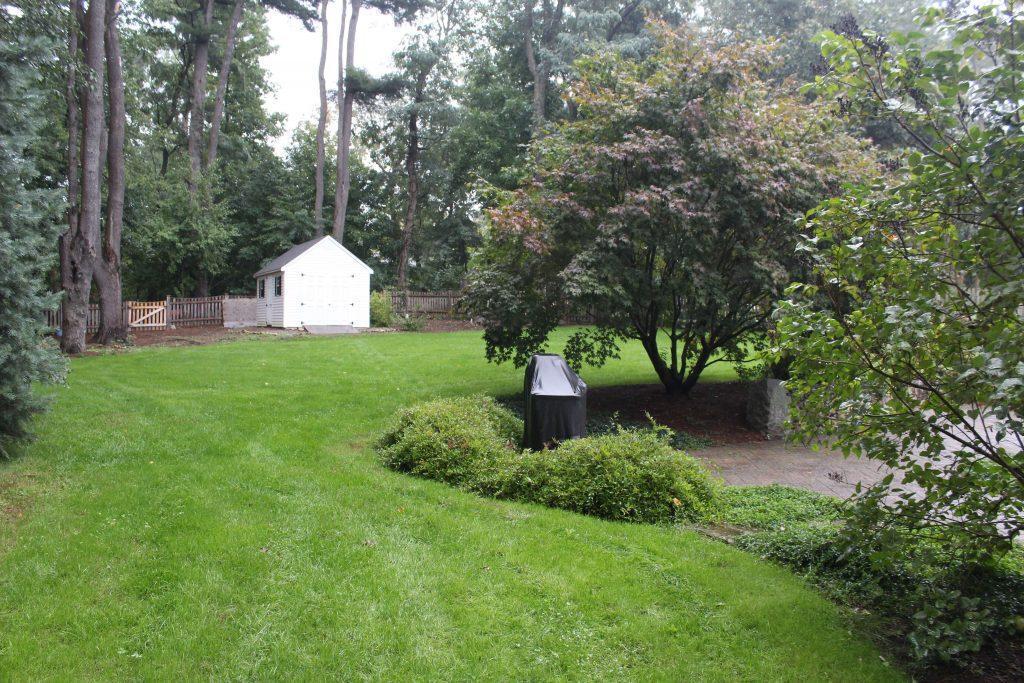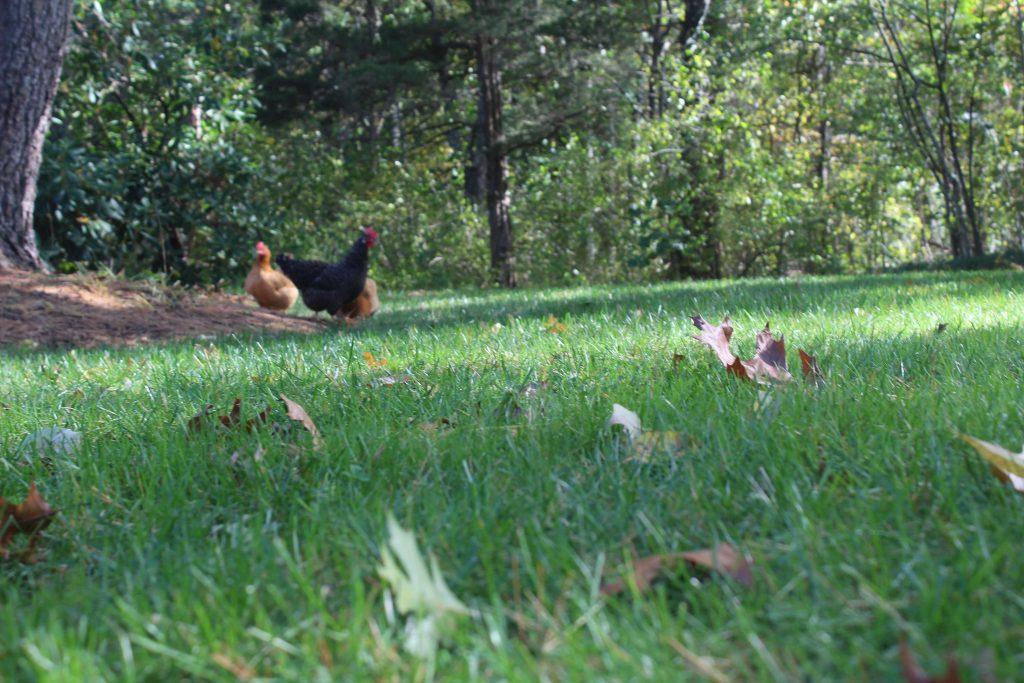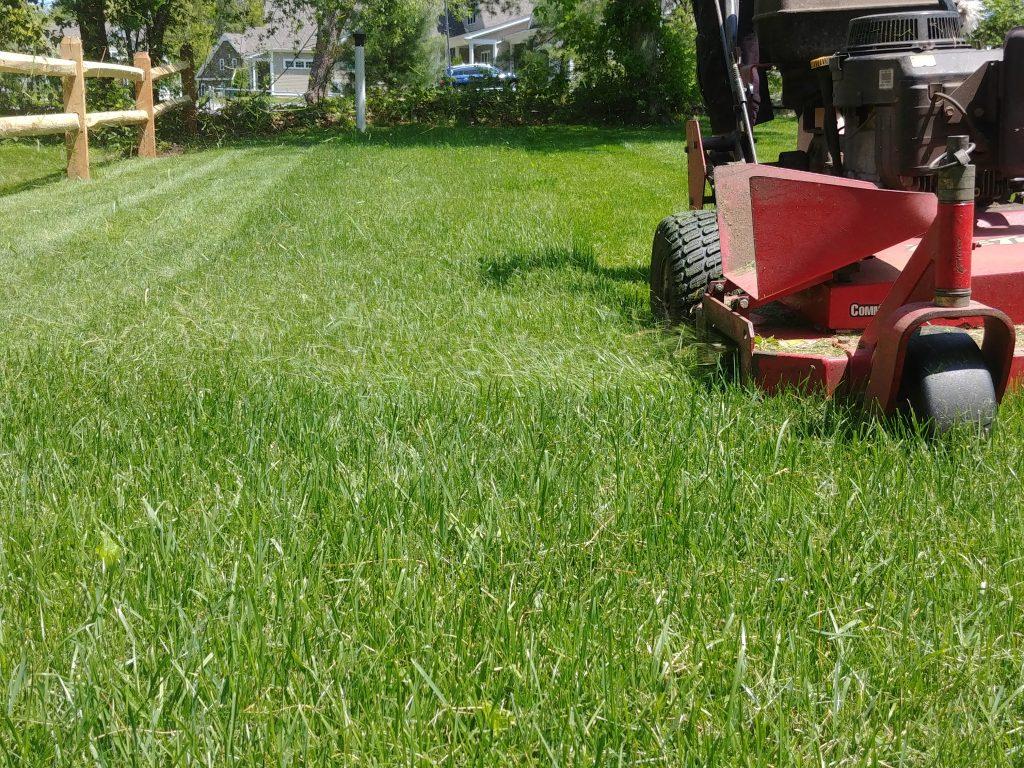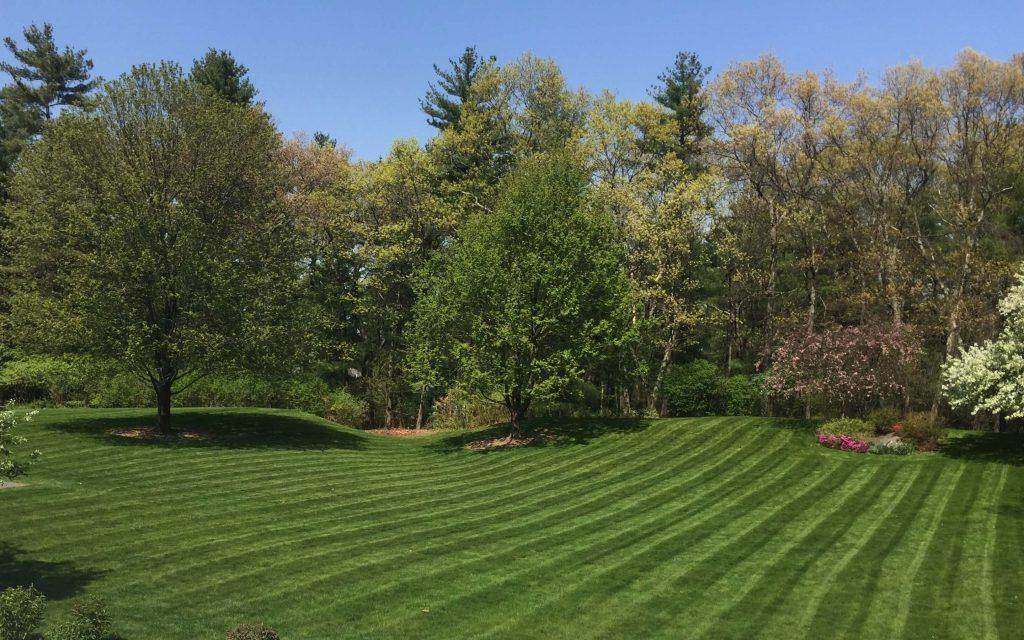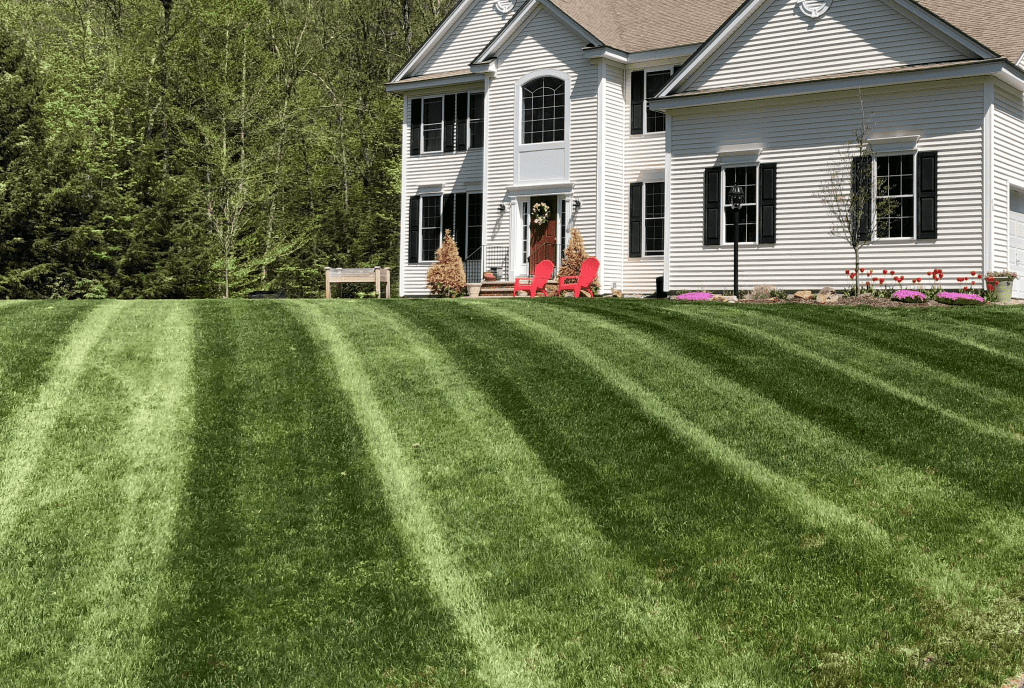It’s mid September and winter may feel far off, but it will be here before we know it. Therefore, we want you to finish your landscaping season strong and well prepared. Take a look at our top 10 seasonal organic turf tips to set your lawn up for success…
1. Apply PJC ProHealthy Turf Products —
2. Fall Seed —
Whether you decided to aerate and overseed or slice seed, fall is one of the best times to seed. In New England we don’t recommend seeding after October 15th. So, if summer weather is dripping into fall, you may be able to work in one last seeding. Accordingly, be sure to visit our Grass Seed for Fall blog for more details on seed.
3. Repair and Regrade —
A safe field is a level field. You may find that field traffic, weather, or water has caused damage to your field or lawn. Therefore, be sure to take the time to top dress, repair and regrade these areas. Damaged areas are like tooth decay – they don’t get better on their own. Get on top of these areas when the project is small and avoid major problems down the line.
4. Adjust your Water Cycles –
Follow our 1-2-3-2-1 watering suggestions for your Irrigation System. Fortunately, we can often rely on rain in the fall and the cool temperatures. These conditions don’t put a lot of stress on the grass. Give your grass one long water cycle per week and let nature do the rest. Take a look at the U.S. Drought Monitor to see how much rain your region has gotten. There are features to compare rainfall to years past as well.
5. Mulch Your Leaves –
Raking and bagging takes valuable nutrients and organic matter away from your soil biome and puts them into the landfill. In addition, these practices are labor intensive. So, save time, money, energy, and organic by mulching your leaves. Keep the mower deck high and mow slow. Lastly, be sure to finely chop up those leaves until they are all off the trees.
6. Lower your mowing height –
We love to Mow High: May, June, July. Although, when we head into winter, we want to gradually take that mowing height down. For that reason, decrease height from 3 ¼″ all season to about 2.5″ Pre-Winter. This should be done for your last two mows of the season and once all the leaves are off the trees.
7. Irrigation Blowout –
Make any final adjustments and repairs to your irrigation system before you blow out the system. Irrigation systems are a major investment and valuable tool in growing organic turf grass. Thus, make certain to do a thorough blowout before soil temperatures drop below freezing by early December.
8. Winter Turf Blankets –
A requirement for PJC High Performance fields! Winter turf blankets provide a great way to protect key areas and encourage early spring green up in high traffic zones. Goal mouths, mid field, and areas between the ‘hashes’ take a beating in every sport. However, turf blankets offer the best way to cheat nature and add a few weeks of extra growth opportunity pre and post season. Take a look at the difference turf blankets made on Spring green-up…
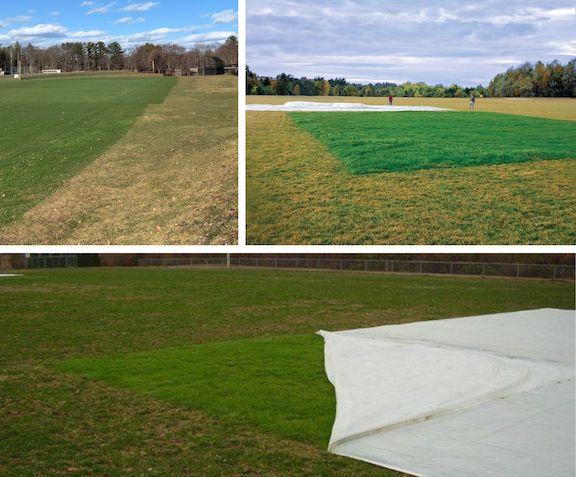
9. Dormant Seeding –
If you have extra seed laying around, get it in the ground! An uncommon practice but one that has proven results. Dormant seeding ensures that you are getting all your seed in the ground and not feeding the mice over the cold winter. Moreover, this practice should only be done when air and soil temperatures are cold – we mean cold, cold. Warm temperatures will cause early germination and that will ruin the grass (unless under a turf blanket). Do this practice in December or February for best results.
10. Get Some Rest! – Landscaping is tough and demanding work. Above all, make sure to take some time to recharge after the long season.
We are always available to bounce ideas off and help you grow, ORGANICALLY! Contact us and check our blog page regularly for additional seasonal organic turf tips.


